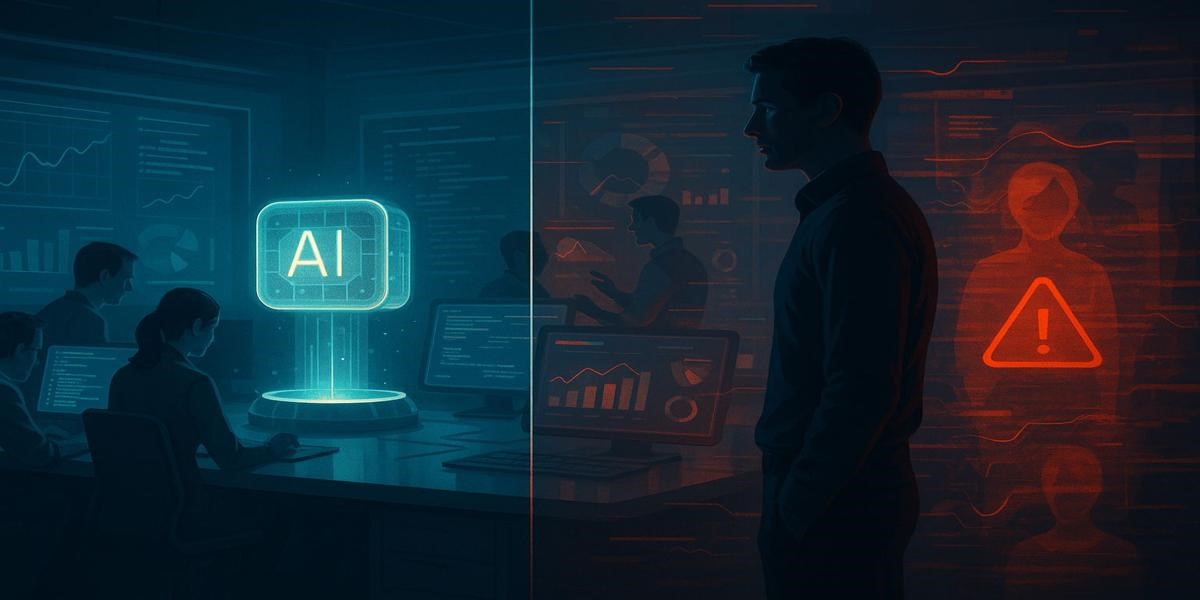“Responsible AI” is everywhere. Tech leaders talk it up at conferences. Companies publish AI principles. New roles like “AI Ethicist” are hitting job boards. But behind the scenes, the reality is less impressive. In many product teams, ethics is treated as a checkbox, a talking point, or a branding exercise-not a core part of how decisions get made.
So, is AI ethics just corporate buzz? Or can it shape how we build better products? This post looks at the gap between public promises and internal practices, and what real responsibility looks like when you’re shipping AI that impacts people’s lives.
The PR vs. Reality Gap
Responsible AI sounds good on stage. But inside most product teams, incentives point the other way. Teams are rewarded for shipping fast, scaling quickly, and gaining market share. Ethics is often seen as a source of friction. That disconnect is dangerous. When growth and accuracy outrank fairness and safety, products can amplify harm, even if no one intended it.
Ethics without accountability is theater. Most organizations aren’t practicing ethics-they’re staging it.
Explainability ≠ Responsibility
A common myth in AI development is that making a model explainable means it’s ethical. Explainability helps, especially in high-stakes areas like healthcare or finance, but it’s not enough. Ethics is about more than understanding the black box. It’s about the data you train on, the people your product affects, and the systems it supports or disrupts.
If you’re not asking who is included, who is excluded, and who is harmed, you’re not doing ethics. You’re just making the black box slightly more transparent.
Who Owns Ethics in Product Teams?
One of the biggest blockers to responsible AI is that no one owns it. Engineers chase performance metrics. Product managers optimize for business outcomes. Designers focus on engagement. That leaves no one responsible for ethical trade-offs.
Some companies try ethics boards or embed ethicists in teams, but without decision-making power or executive support, those efforts rarely endure. Ethics can’t be someone else’s job. It has to be built into the core of how teams think, prioritize, and deliver.
What Responsibility Looks Like in Practice
Responsible AI means making deliberate choices throughout the product lifecycle-not as an add-on, but at every step. That includes:
• Running regular bias audits
• Consulting with impacted communities
• Designing for consent and user understanding
• Evaluating risk before release
• Creating systems for feedback, escalation, and course correction
This isn’t about being perfect. It’s about being transparent, intentional, and ready to act when things go wrong.
Why Ethics Isn’t Just Moral-It’s Strategic
Treating ethics like a side note is shortsighted and risky. An AI-driven scandal can seriously damage your brand. Regulators in the U.S. and EU are ramping up oversight. And users are more skeptical than ever. They won’t stick with products that break their trust.
Ethics is no longer just the right thing to do. It’s a product risk and a strategic advantage.
If you’re building AI, you’re shaping systems that influence real lives-who gets a job, a loan, housing, medical care, even protection from harm. Ethics isn’t a layer you apply later. It’s the foundation.
We need to stop talking about responsible AI and start building it. Because if we don’t, someone else will - without the responsibility.



